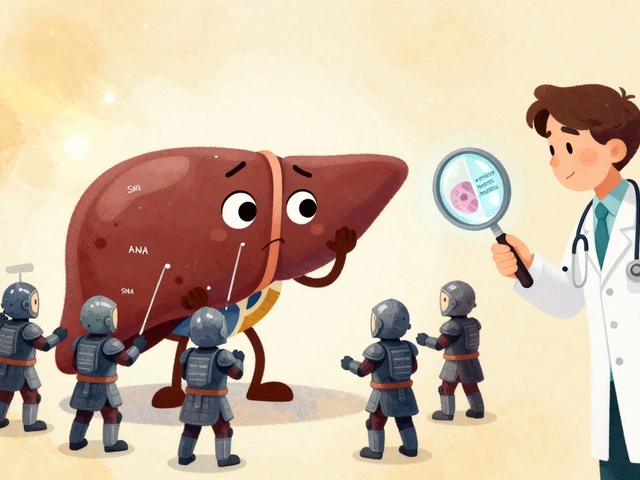
Antibiotic Options: What You Need to Know Before You Start
If you’ve been told you need an antibiotic, it can feel overwhelming. There are dozens of drugs out there and each works a little differently. The good news is you don’t have to guess. In this guide we break down the main groups of antibiotics, why doctors pick one over another, and what you can do to use them safely.
Common Types of Antibiotics
Penicillins are the oldest and most widely used. They include amoxicillin, penicillin V, and others. They work best on infections caused by strep throat, ear infections, and some skin bugs. If you’re allergic to penicillin (a rash or swelling), your doctor will avoid this group.
Cephalosporins are similar to penicillins but cover a broader range of bacteria. Examples are cephalexin and cefuroxime. They’re often chosen for urinary tract infections or pneumonia when the exact bug isn’t known yet.
Macrolides such as azithromycin and clarithromycin are good for people who can’t take penicillin. They’re commonly used for chest infections, sinusitis, and some sexually transmitted infections.
Tetracyclines include doxycycline and tetracycline itself. These work well for acne, Lyme disease, and certain tick‑borne illnesses. They can make your skin more sensitive to the sun, so you’ll need sunscreen.
Fluoroquinolones (like ciprofloxacin) are powerful but have a higher risk of side effects. Doctors reserve them for serious infections such as complicated urinary tract infections or certain gut bugs.
How to Pick the Right One
The first step is a proper diagnosis. Your doctor will look at symptoms, sometimes order a lab test, and decide which bacteria are likely causing the problem. That helps them choose an antibiotic that hits the target without harming good bacteria too much.
Ask your pharmacist about drug interactions. Some antibiotics can’t be taken with certain heart meds or antacids. Knowing this ahead of time saves you from nasty surprises.
Take the full course, even if you feel better after a few days. Stopping early lets surviving bugs grow stronger and can cause a repeat infection.
If you notice stomach upset, rash, or trouble breathing, call your doctor right away. Those could be signs of an allergic reaction.
Finally, keep a list of any allergies you have. Sharing that with every new prescriber prevents them from giving you something that will trigger a reaction.
Antibiotics are powerful tools when used correctly. Knowing the main classes, why they’re chosen, and how to stay safe makes the whole process less stressful. Keep this guide handy next time you get a prescription – it’ll help you feel confident about what you’re taking and why.
-
4 Feb






